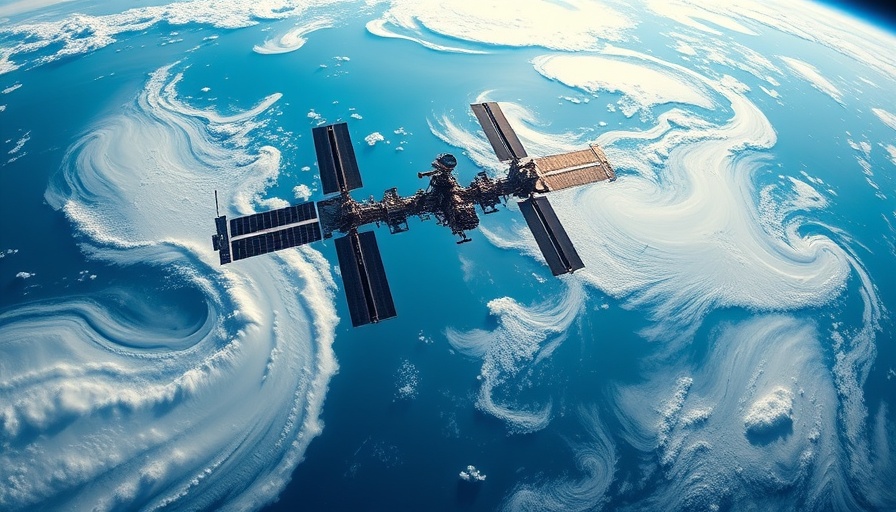
Elon Musk's Vision for Space: The Push to Deorbit the ISS
Elon Musk, the CEO of SpaceX, is calling for the International Space Station (ISS) to be deorbited sooner than planned, suggesting it could happen as early as 2027. In recent posts on X (formerly Twitter), he argued, "It is time to begin preparations for deorbiting the ISS. It has served its purpose. There is very little incremental utility. Let's go to Mars." This bold statement has set off discussions about the future of this incredible scientific platform, which has been a significant part of human space exploration for over two decades.
The Importance of the International Space Station
The ISS has been an unparalleled laboratory for scientific research. Since its launch, it has hosted thousands of experiments across various disciplines, from biology to physics. "The microgravity environment of space allows for unique experiments that cannot be replicated on Earth," explains Dr. Jordan Bimm, a space historian and professor. The knowledge gained here has direct implications for future missions to the Moon and Mars, making its early decommissioning a complex decision filled with ramifications.
Current Research and Technological Advancements
NASA and its partners have conducted over 4,000 experiments aboard the ISS, many of which focus on understanding how humans adapt to long-term space travel. This research is crucial for upcoming Artemis missions aimed at returning to the Moon and subsequent missions to Mars. Jeff Alexander, director of the Rice Space Institute, highlights that innovations initiated in microgravity lead to breakthroughs in medicine and materials that benefit both space exploration and life on Earth.
The Diplomatic Role of the ISS
Besides its scientific contributions, the ISS serves diplomatic purposes by fostering international cooperation in space exploration. It involves five partnering space agencies from different countries, bringing them together for a common goal. As Dr. Bimm noted, "The ISS represents a post-Cold War era of collaboration, uniting nations for a long-term project that benefits humanity as a whole." Letting go of such a collaborative platform raises questions about future international relations in space.
Musk's Broader Space Goals
Musk's call to deorbit the ISS aligns with his broader vision of human colonization of Mars and a sustainable future in space. SpaceX is already contracted to develop a deorbiting vehicle for the ISS, ensuring that if a decision to decommission it is made, it can be executed safely. While there is enthusiasm within some circles about focusing resources on Mars, critics argue that cutting short the ISS's valuable research may hinder important scientific progress.
Conclusion: The Future of Space Exploration
The discussion surrounding the ISS's future exemplifies the clash between innovative desires and established scientific processes. As leaders like Musk advocate for advancements, it is vital to weigh the long-term scientific benefits against aspirations for interplanetary travel. Deorbiting the ISS may pave the way for new endeavors, but the loss of its unique contributions would leave a significant gap in our understanding of living and working in space.
As we look to the stars, it's crucial to ensure our decisions lead to continued exploration and discoveries that enhance life, both in space and on Earth.
 Add Row
Add Row  Add
Add 




Write A Comment